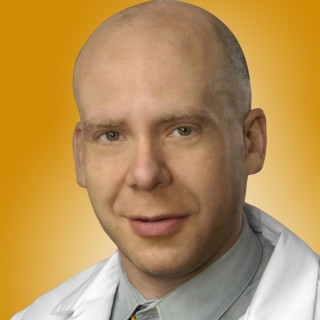What does community college mean to the average American? For some it may conjure images of saving money and being educated in one’s local community. For others it may seem like an option of last resort if admission to a four-year college goes awry. Regardless of its positive or negative connotations, there are very few who think of community college as a prominent pathway to becoming a physician. It is time to change that way of thinking.
Community college (hereafter CC), often called “junior college,” offers many benefits for students looking to pursue a career in medicine and has been used by many in medicine today. In 2012, roughly one-third of medical school matriculants had attended a CC in their higher education journey, showing small, but sizable, CC utilization. This begs the question, why might these students have used CCs to further their educational goals? A 2022 report released by the College Board showed that the average annual tuition and fees at two-year community colleges was $3,860, compared to an average of $10,940 at in-state, public four-year universities. With this stark difference in cost, it is no surprise that CC may be attractive to all students, not just future medical professionals facing hundreds of thousands of dollars of higher education debt. CCs also offer much smaller, more intimate class sizes, and the opportunity for students to live at home, saving thousands on room and board as compared to four-year universities. These factors, coupled with the additional flexibility that CCs offer for working professionals or parents, paints a very favorable picture of CCs for premedical students.
With such a strong set of incentives, why might premedical students avoid CCs or struggle to pursue a career in medicine if they do attend? One of the answers lies in the transfer system. A 2016 study by the Government Accountability Office revealed that students lost an average of 43% of their credits when transferring between higher educational institutions. To add insult to injury, fewer than 40% of college counselors felt very prepared to guide students on community college transfer policies, according to a 2019 report by the National Association for College Admissions Counseling. With medical schools requiring a degree from a four-year institution, these transfer hindrances represent a substantial barrier for the advancement of CC premedical students.
An even greater issue for students pursuing degrees at CCs, and perhaps the most important, lies with public perception. More than 86% of college counselors indicated that there was at least some stigma associated with attending community college amongst students and parents/families in their respective schools. Even worse, college counselors at more than half of private, non-parochial schools indicated that community college transfer was very stigmatized among parents/families (61%) and students (53%). These statistics highlight a saddening imbalance in public opinion that likely misguides students and complicates the journey to medical school for many CC students.
Addressing the logistical and structural barriers that deter students from CCs is a tall order, but progress begins with addressing the credit transfer system. As four-year degrees are an immutable requirement of U.S. medical schools, we must ensure that CC students know where and how their credits will transfer, and we must improve acceptance of credits by four-year universities. One successful example of information sharing between CC and four-year universities exists in California, where a public website is used to compare articulation agreements and transferable courses. Mandating public universities and community colleges across the country to cohesively coordinate transfer credit information and acceptance represents a significant first step. In line with a report by the UCSF Center for California Health Workforce Studies, requiring high school college counselors and guidance counselors at CCs to be highly familiar with both the transfer system and health careers would also bolster the support given to premedical CC students. Requiring college counseling certificate programs and licensure exams to include educational material on the benefits of CCs and de-stigmatization techniques would represent another valuable change for college counselors to adopt, allowing counselors to better prepare students and dispel negative CC mythology.
Another important focus in strengthening CCs as a pathway to medical school is the creation of direct, CC-to-medical school programs. A notable example is the California Medical Scholars Program, which is an initiative that seeks to improve diversity in health care by providing special career guidance, additional training, clinical partnerships, and more to community college students in California. Avenue M, a program specific to UC Davis, also represents an exceptional example of a CC-to-medical school pipeline that is designed to improve minority representation in medicine. Pushing for the creation of similar programs at other universities and in other states would both allow more underrepresented and first-generation students to attend medical school and help to broadly demonstrate the sizable value of CCs in preparing for medical school.
Advocating for social change on a local and societal level is the final piece of the puzzle. Connecting with physicians, residents, and medical students to inspire them to speak out about their own positive CC experiences can go a long way toward influencing the institutions they comprise and the hearts and minds of younger students. Social media campaigns, health mentorship programs, and nonprofit organizations that champion a positive realignment of thought when it comes to CCs may amplify these voices further.
While the road toward mainstream acceptance of CC as a valid premedical starting point remains bumpy, the combination of transfer credit reform, CC specific premedical programs, and social action signifies a productive challenge to the educational status quo that promises to catalyze a positive shift in public opinion toward our wonderful CC programs and their role in attaining medical education.
How would you improve the community college to medical school pipeline?
Christian Hardoy is a second-year medical student at UC Irvine, with an interest in health care policy and active involvement with medical education research, student mentorship, anemia research, and geriatrics.
Konnor Davis is a medical student at UC Irvine.
Image by lemono / Getty






